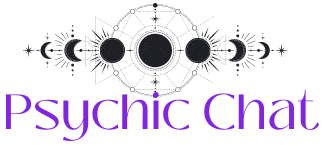Neuroscientists have wondered how our brains decide what we notice – and what we ignore – in the constant stream of sights, sounds and thoughts that we experience. Now new research suggests a small but powerful area deep in the brain, called the Thalamus, works as a control center for consciousness.
A team led by Dr. Fang Zepeng (Aaas) studied brain activity in patients treated for chronic headache. With the help of small implanted electrodes they followed signals between the thalamus and the prefrontal cortex (the decision -making hub of the brain).
Participants did a visual test in which they reported what they saw, while researchers separated the perception from automatic reflexes.
The results? Certain parts of the thalamus – in particular the intralaminary and medial cores – passed earlier and stronger when people became aware of an image. These areas worked synchronously with the prefrontal cortex and formed a feedback job that can “port” which enters our consciousness.
The researchers discovered that certain specific parts of the thalamus seem to have a key role to make us aware of things.
It was thought that consciousness mainly arose in the outer brain layer (cortex). New study suggests that deeper brain areas such as the Thalamus can start consciousness and challenge long -term beliefs.
Understanding this loop can lead to better treatments for attention disorders or consciousness (eg coma, psychiatric disorders).
The study emphasizes how different brain areas collaborate with a lightning speed to shape what we perceive – and proves that even “background” regions play with roles in consciousness.
The study is published In the magazine Science.






